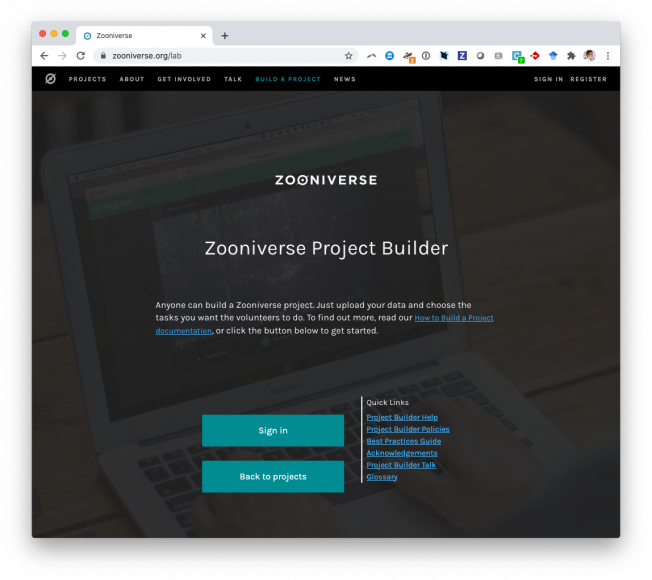He Awa Whiria: The Tidal Streams of Interstellar Objects
The Astrophysical Journal American Astronomical Society 988:1 (2025) 121
Abstract:
Upcoming surveys are likely to discover a new sample of interstellar objects (ISOs) within the solar system, but questions remain about the origin and distribution of this population within the Galaxy. ISOs are ejected from their host systems with a range of velocities, spreading out into tidal streams—analogous to the stellar streams routinely observed from the disruption of star clusters and dwarf galaxies. We create a simulation of ISO streams orbiting in the Galaxy, deriving a simple model for their density distribution over time. We then construct a population model to predict the properties of the streams in which the Sun is currently embedded. We find that the number of streams encountered by the Sun is quite large, ∼106 or more. However, the wide range of stream properties means that for reasonable future samples of ISOs observed in the solar system, we may see ISOs from the same star (“siblings”), and we are likely to see ISOs from the same star cluster (“cousins”). We also find that ISOs are typically not traceable to their parent star, though this may be possible for ISO siblings. Any ISOs observed with a common origin will come from younger, dynamically colder streams.Galaxy Zoo CEERS: Bar Fractions Up to z ∼ 4.0
The Astrophysical Journal American Astronomical Society 987:1 (2025) 74
Abstract:
We study the evolution of the bar fraction in disk galaxies between 0.5 < z < 4.0 using multiband colored images from JWST Cosmic Evolution Early Release Science Survey (CEERS). These images were classified by citizen scientists in a new phase of the Galaxy Zoo (GZ) project called GZ CEERS. Citizen scientists were asked whether a strong or weak bar was visible in the host galaxy. After considering multiple corrections for observational biases, we find that the bar fraction decreases with redshift in our volume-limited sample (n = 398); from 25−4+6 % at 0.5 < z < 1.0 to 3−1+6 % at 3.0 < z < 4.0. However, we argue it is appropriate to interpret these fractions as lower limits. Disentangling real changes in the bar fraction from detection biases remains challenging. Nevertheless, we find a significant number of bars up to z = 2.5. This implies that disks are dynamically cool or baryon dominated, enabling them to host bars. This also suggests that bar-driven secular evolution likely plays an important role at higher redshifts. When we distinguish between strong and weak bars, we find that the weak bar fraction decreases with increasing redshift. In contrast, the strong bar fraction is constant between 0.5 < z < 2.5. This implies that the strong bars found in this work are robust long-lived structures, unless the rate of bar destruction is similar to the rate of bar formation. Finally, our results are consistent with disk instabilities being the dominant mode of bar formation at lower redshifts, while bar formation through interactions and mergers is more common at higher redshifts.Accelerating Long-period Exoplanet Discovery by Combining Deep Learning and Citizen Science
Astronomical Journal American Astronomical Society 170:1 (2025) 39
Abstract:
Automated planetary transit detection has become vital to identify and prioritize candidates for expert analysis and verification given the scale of modern telescopic surveys. Current methods for short-period exoplanet detection work effectively due to periodicity in the transit signals, but a robust approach for detecting single-transit events is lacking. However, volunteer-labeled transits collected by the Planet Hunters TESS (PHT) project now provide an unprecedented opportunity to investigate a data-driven approach to long-period exoplanet detection. In this work, we train a 1D convolutional neural network to classify planetary transits using PHT volunteer scores as training data. We find that this model recovers planet candidates (TESS objects of interest; TOIs) at a precision and recall rate exceeding those of volunteers, with a 20% improvement in the area under the precision-recall curve and 10% more TOIs identified in the top 500 predictions on average per sector. Importantly, the model also recovers almost all planet candidates found by volunteers but missed by current automated methods (PHT community TOIs). Finally we retrospectively utilise the model to simulate live deployment in PHT to reprioritize candidates for analysis. We also find that multiple promising planet candidates, originally missed by PHT, would have been found using our approach, showing promise for upcoming real-world deployment.Galaxy Zoo JWST: Up to 75% of discs are featureless at 3 < z < 7
Monthly Notices of the Royal Astronomical Society (2025) staf506
Galaxy Zoo JWST: Up to 75% of discs are featureless at $3
(2025)



